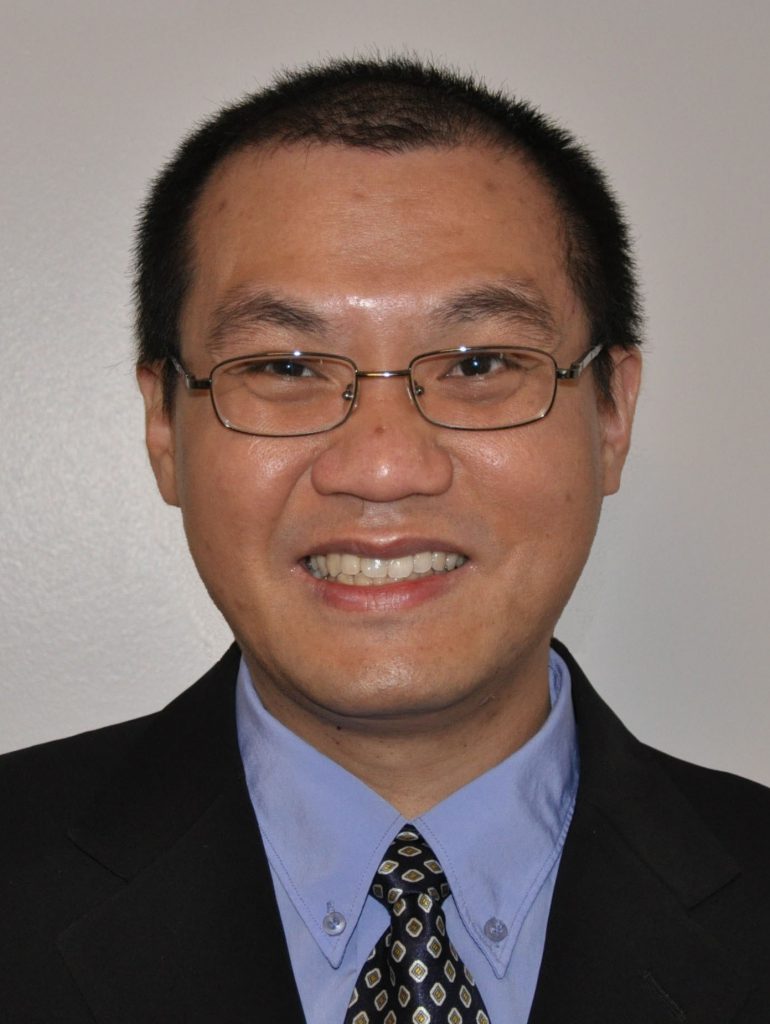Dr. Koh received a B.Eng. (1st class honors) and a M.Eng. both in Mechanical Engineering from University of Technology Malaysia. In 2004, he enrolled in the University of Illinois at Urbana-Champaign, and obtained a M.S. in Physics in 2007 and a Ph.D. in Materials Science and Engineering in 2010 from the university. Dr. Koh’s expertise is in heat transport in nanostructures and across interfaces, with emphasis on applications in thermoelectric energy conversion. He is an expert in time-domain thermoreflectance, a pump-probe technique to measure the thermal properties of nanostructures using an ultrafast Ti:sapphire laser. He has received numerous awards, including the highly competitive NUS Young Investigator Award (2011), the Ross Martin award (2010), the Racheff-Intel award (2009) and the prestigious Fulbright fellowship (2004).
Qualification
Ph.D. in Materials Science and Engineering, Univ. of Illinois at Urbana-Champaign, 2010
M.S. in Physics, Univ. of Illinois at Urbana-Champaign, 2007
M. Eng. in Mechanical Engineering, Univ. of Technology Malaysia (UTM), 2004
B. Eng. (Honors) in Mechanical Engineering, Univ. of Technology Malaysia (UTM), 2001
Modules Taught
ME3221 Sustainable Energy Conversion
ME3122 Heat Transfer
ME5205 Energy Engineering
ME5207 Solar Energy System
Research Interests
OPENINGS FOR NEW GRADUATE STUDENTS AND FINAL-YEAR PROJECTS!
PLEASE E-MAIL ME FOR THE DETAILS.
I am interested in understanding heat transfer in nanometer length scale and extending the knowledge to design novel materials with the desired thermal properties. My research interest includes:
1) Physics of energy transport by phonons in bulk materials and nanostructures.
We employ a state-of-the-art, ultrafast pump-probe technique to study the mean-free-paths of heat carriers (i.e., phonons) in bulk materials and a wide range of nanostructures, including thin films, superlattices, crystals embedded nanoparticles and nanowires. Our measurements advance fundamental understanding of how phonons are scattered by different defects and imperfections, and facilitate designs of new materials for emerging applications (e.g., thermoelectric energy conversion).
2) Energy transport across interfaces and molecular chains.
We experimentally investigate energy transport across molecule chains and interfaces. Particularly, we study heat transport by phonons and charge carriers across the interfaces of graphene and other 2D materials, which is crucial to thermal management of emerging graphene devices. We develop a novel measurement technique to experimentally investigate energy transport along molecular chains.
3) Engineering thermal properties of emerging materials. We design novel materials for emerging applications in thermal insulation and thermoelectric energy conversion. For example, we develop graphene-based thermal insulation materials ultralow thermal conductivity, which could be used for example as energy-efficient building façade materials. We also develop carbon-based thermal interface materials to enhance heat dissipation for effective thermal management of electronic devices.
Please visit my personal website for more details.
Selected Publications
1) Yee Kan Koh, Myung-Ho Bae, D. G. Cahill, and Eric Pop, “Heat conduction across monolayer and few-layer graphenes,” Nano Lett. 10, 4363 (2010).
2) 7) Yee Kan Koh and D. G. Cahill, “Frequency dependence of the thermal conductivity of semiconductor alloys,” Phys. Rev. B 76, 075207 (2007).
3) Z. Wang, J. A. Carter, A. Lagutchev, Yee Kan Koh, N.-H. Seong, D. G. Cahill, and D. D. Dlott, “Ultrafast flash thermal conductance of molecular chains,” Science 317, 787 (2007).
4) A. I. Persson, Yee Kan Koh, D. G. Cahill, L. Samuelson, and H. Linke, “Thermal conductance of InAs nanowire composites,” Nano Lett. 9, 4484 (2009).
5) Yee Kan Koh, C. J. Vineis, S. D. Calawa, M. P. Walsh, and D. G. Cahill, “Lattice thermal conductivity of nanostructured thermoelectric materials based on PbTe,” Appl. Phys. Lett. 94, 153101 (2009).
6) Yee Kan Koh, Y. Cao, D. G. Cahill, and D. Jena, “Heat-transport mechanisms in superlattices,” Adv. Funct. Mater. 19, 610 (2009).


